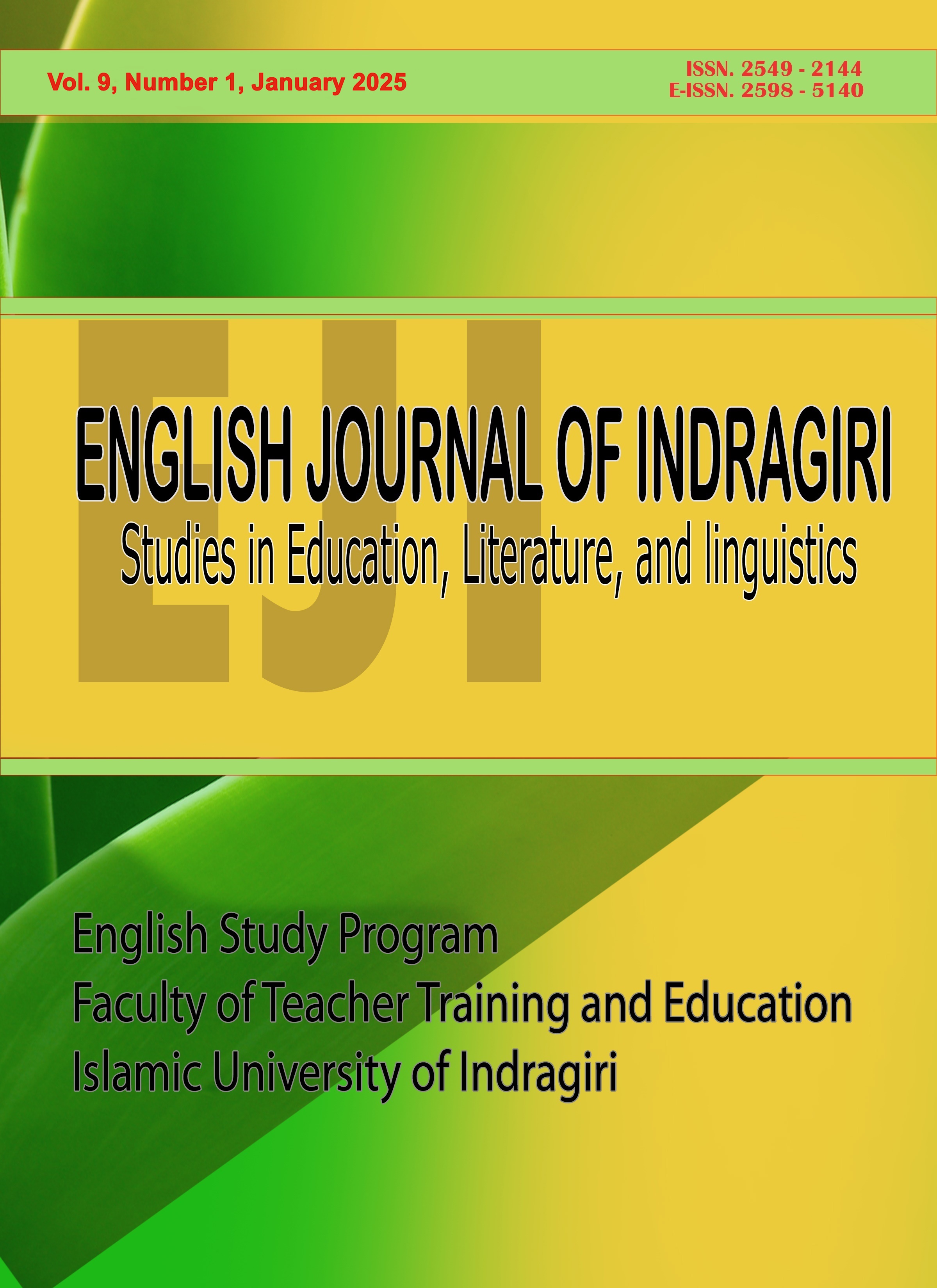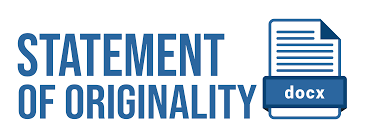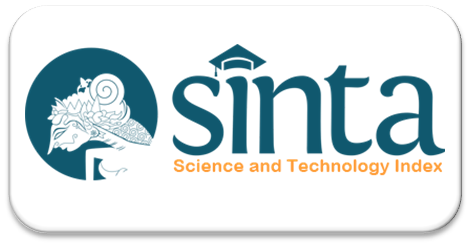The Effect of Tongue Twister Drill Technique on Students Speaking Skill
DOI:
https://doi.org/10.61672/eji.v9i1.2889Abstract
The purpose of this study is to determine students learning outcomes using tongue twister drill in teaching speaking for students of SMA Manggala Sakti Dadapan Solokuro. This research is experimental research. The sample of this study was the tenth-grade students of SMA Manggala Sakti Dadapan Solokuro, totalling 23 students. Data was collected through tests consisting of pre-test and post-test. The results of this study indicated that the experiment conducted by the researcher on the students was able to influence by using a test which consisted of several questions. So, the average value of the pretests is 61,32. while the post-tests have an average value of 75,32. The results of this study indicate that the experiment conducted by the researcher on eleventh grade students using a small group discussion in teaching speaking skill was able to influence student learning outcomes. It was proved by the value of t-test (,000) which was < 0,05. It indicated that there was significant, this is also indicated Ha was accepted and H0 was rejected. Based on the finding the teacher must employ a range of strategies. Drilling was recommended as a technique that English teachers should implement when teaching speaking skill. The teacher also should give variety of teaching strategies
References
Baiely, K. M., & Savage, L. (1994). New Ways in Teaching Speaking.
Brown, D. H., & Lee, H. (2015). Teaching by principles: An interactive approach to language pedagogy. (Fourth Edition). White Plains, New York: Pearson Education.
Brumfit, C. (1984). Communicative methodology in language teaching: The roles of fluency and accuracy. New York: Cambridge University Press.
Burns, A., & Joyce, H. D. (1997). Focus on speaking.
Cameron, L. (2001). Teaching Languages to Young Learners. Cambridge University Press; Cambridge Core. https://doi.org/10.1017/CBO9780511733109
Creswell, J. W. (2003). Research Design. University of Nebraska.
Farih, A., & Dewi, A. E. K. (2021). Developing Picture Describe For Elementary School Students’ Speaking Skills. Belantika Pendidikan, 4(1), 1–11. https://doi.org/10.47213/bp.v4i1.102
Nation, P. (2014). Developing Fluency. In T. Muller, J. Adamson, P. S. Brown, & S. Herder (Eds.), Exploring EFL Fluency in Asia (pp. 11– 25). Palgrave Macmillan UK. https://doi.org/10.1057/9781137449405_2
Parupalli, R. (2019). THE IMPORTANCE OF SPEAKING SKILLS IN ENGLISH CLASSROOMS. 2, 6–18.
Patel, M. F., & Jain, P. M. (2008). English language teaching: (Methods, tools & techniques) (1–1 online resource (191 pages)). Sunrise Publishers & Distributors Jaipur, India; WorldCat. http://site.ebrary.com/id/10417558
Ramelan. (2003). English Phonetics. Semarang: IKIP Semarang Press.
Richards, J. (2006). Communicative Language Teaching Today.
Rohman, M. (2016). “The use of tongue twister technique to improve EFL students’ pronunciation (a classroom action research at the tenth grade of SMA Unggulan Nurul Islami Semarang in the academic year of 2015/2016).”
Scheffler, I. (1965). Conditions of knowledge An introduction, to Epistemology and Education. Illinois: Scott, Poresman and Company.
Twisters, Revaty, M., & Ravindran, K. (2016). Enhancing Effective Speaking Skills through Role Play and Tongue.
Downloads
Published
Issue
Section
License
Copyright (c) 2025 Abdullah Farih, Henny Hamdiyah

This work is licensed under a Creative Commons Attribution 4.0 International License.




















